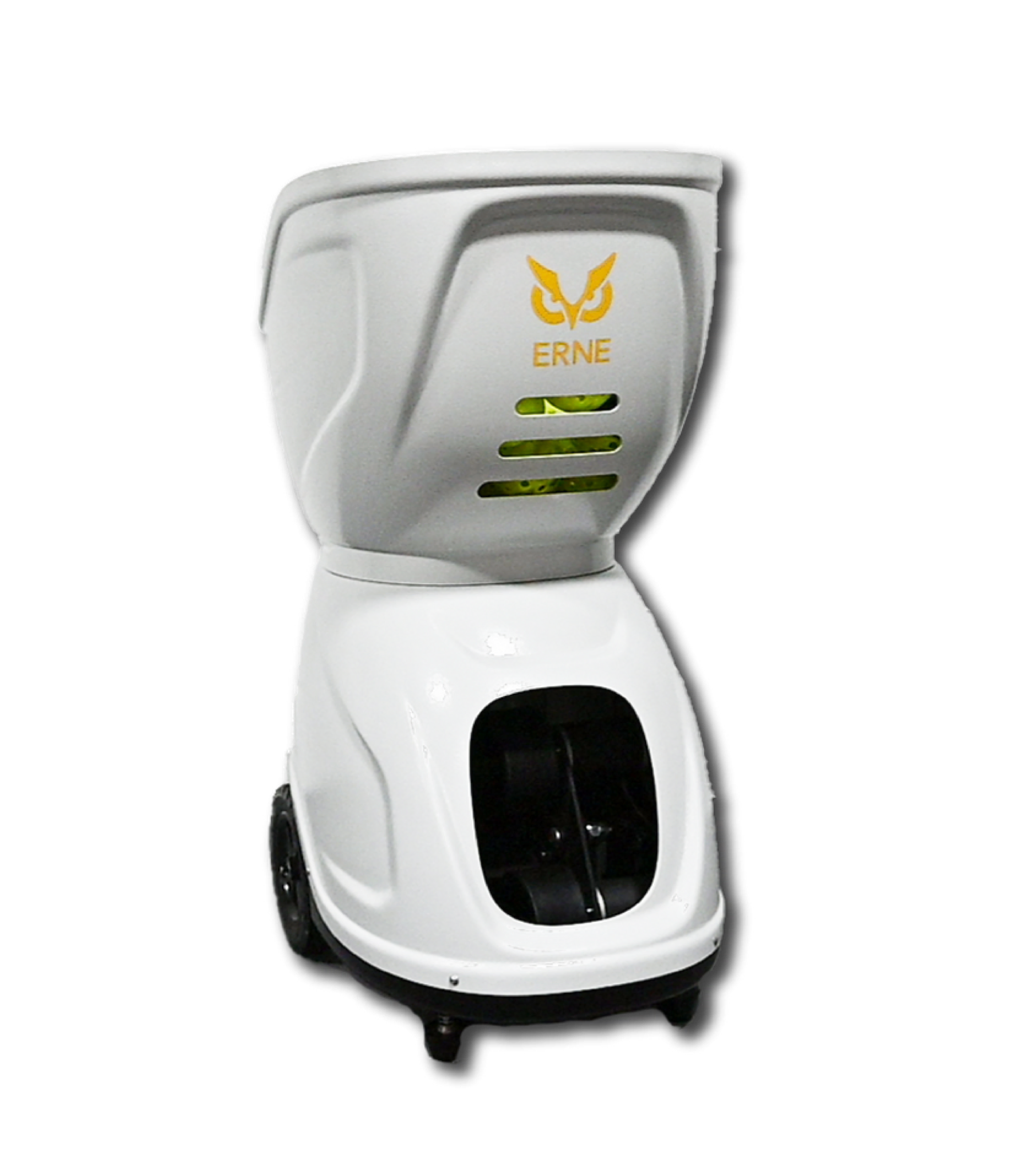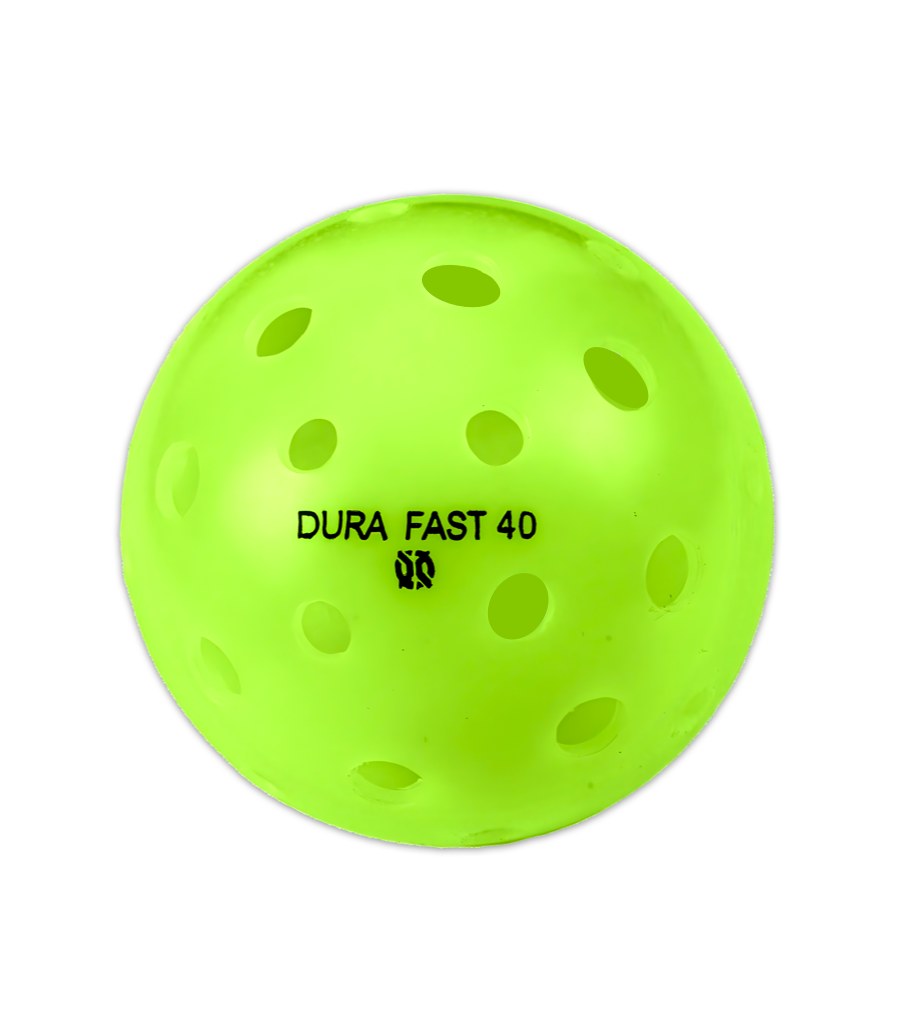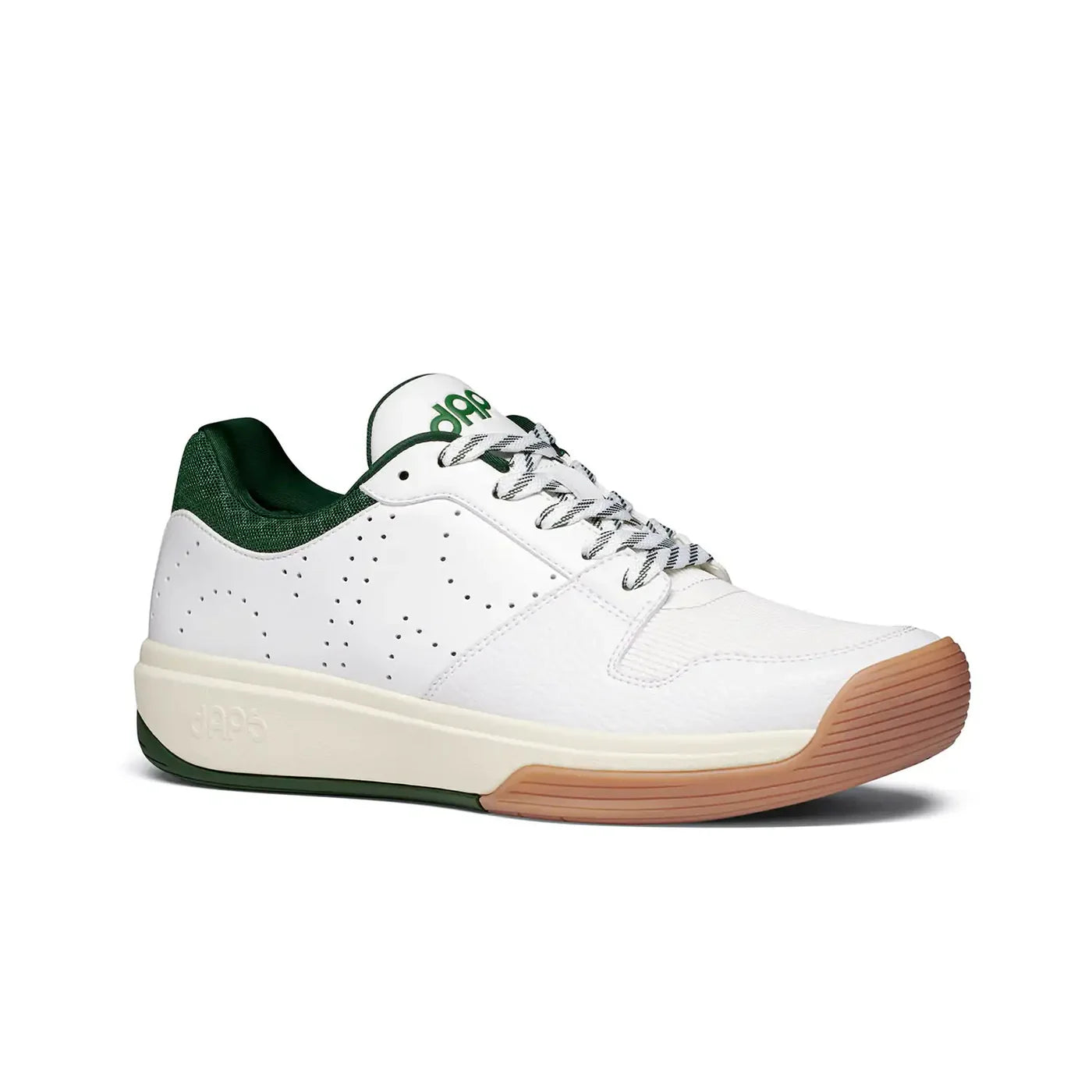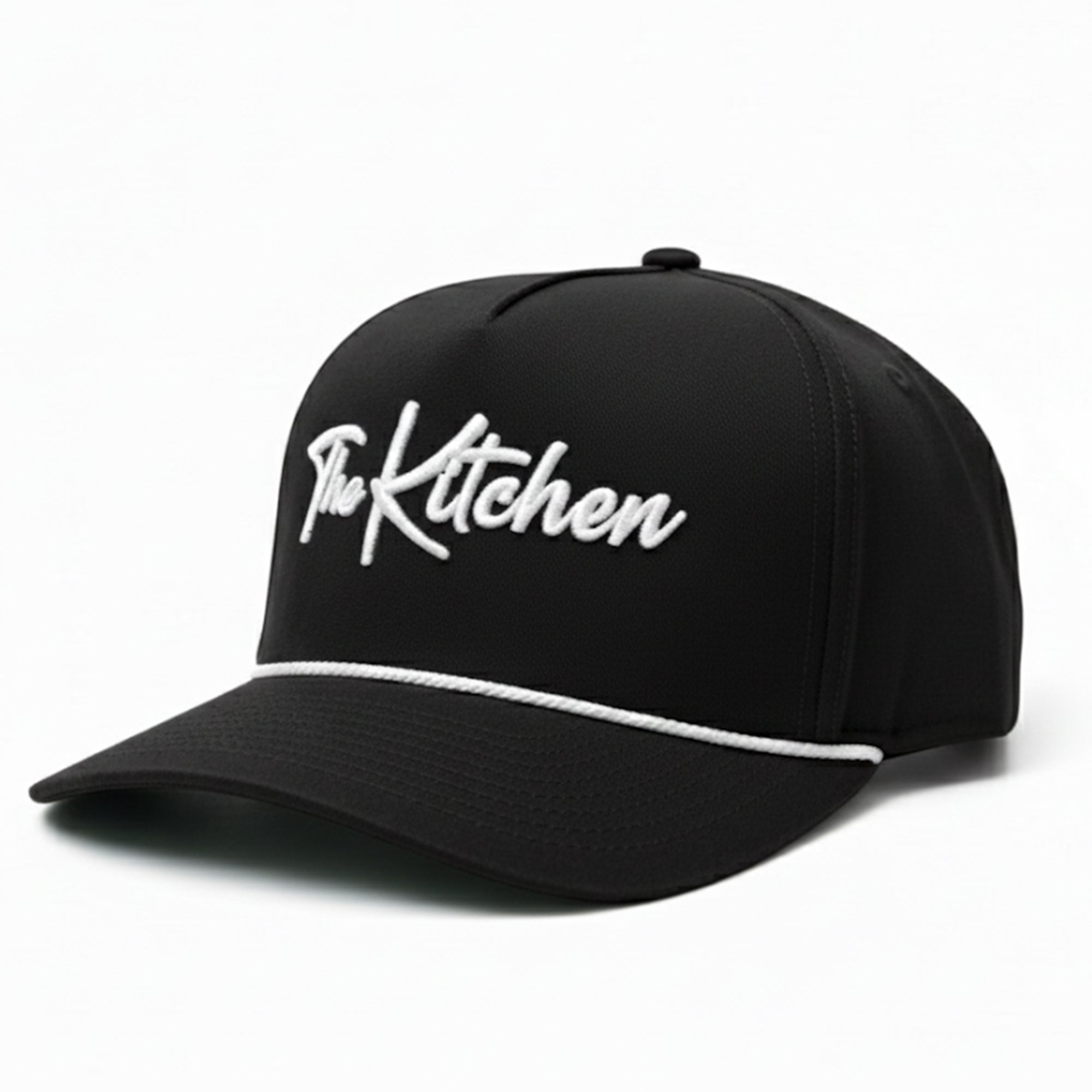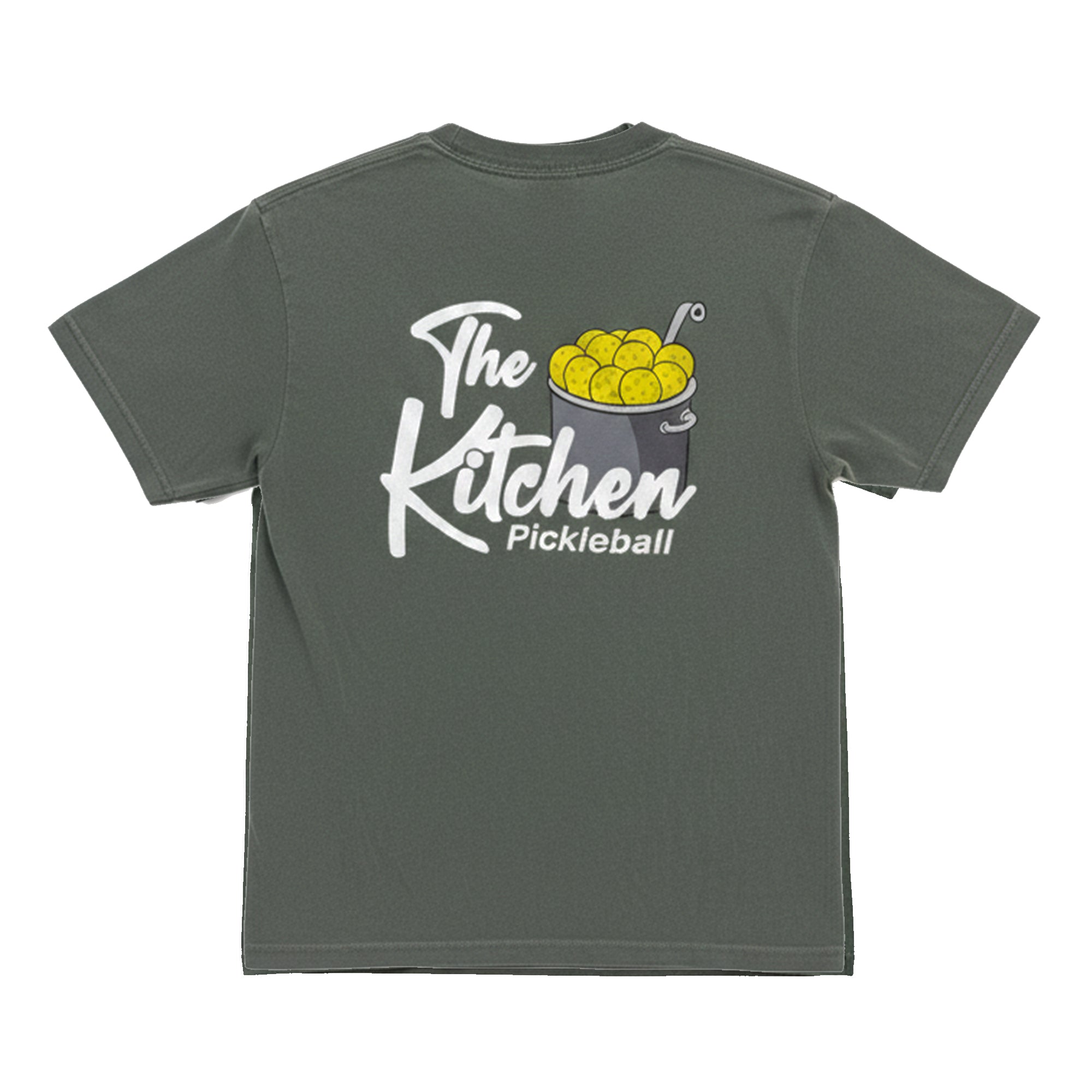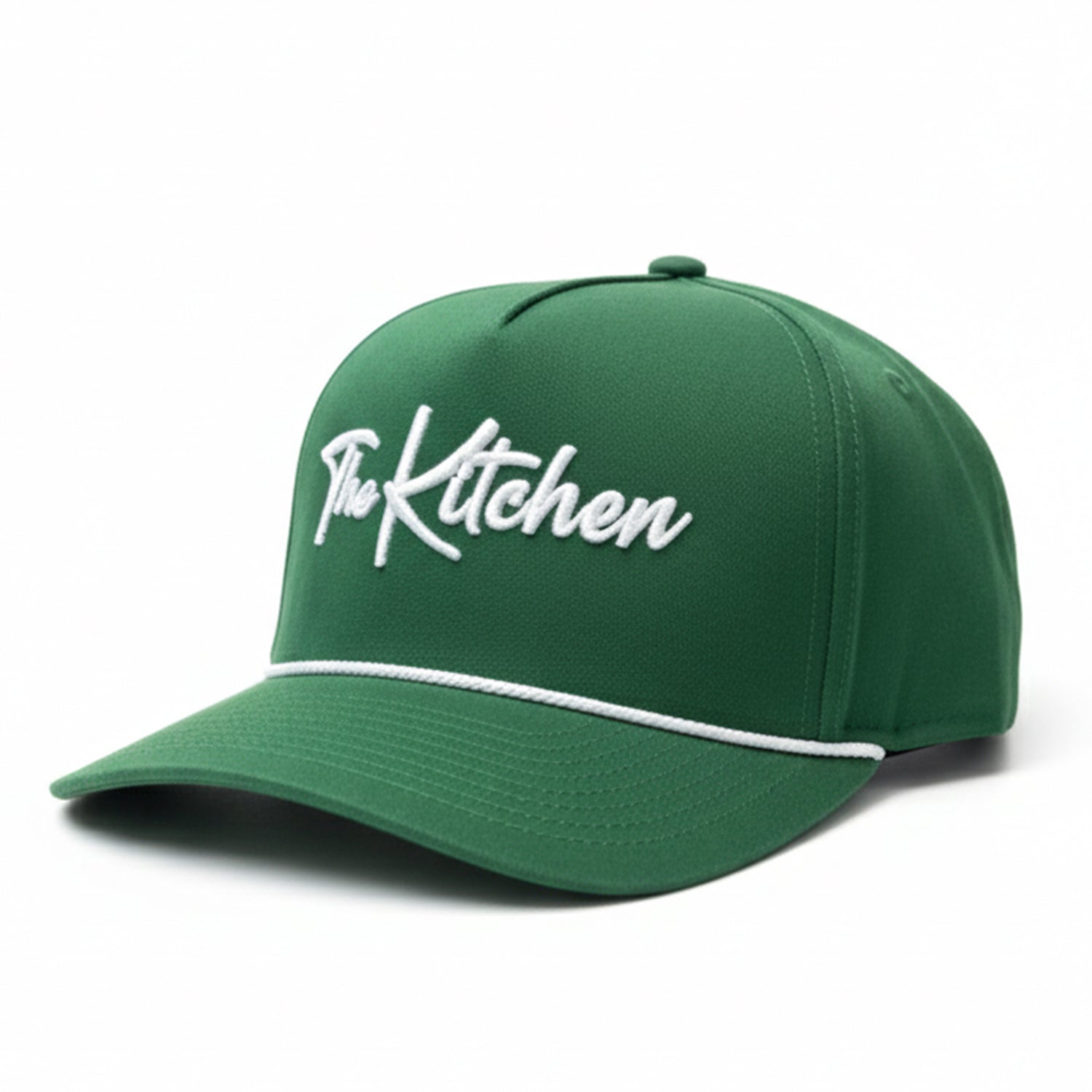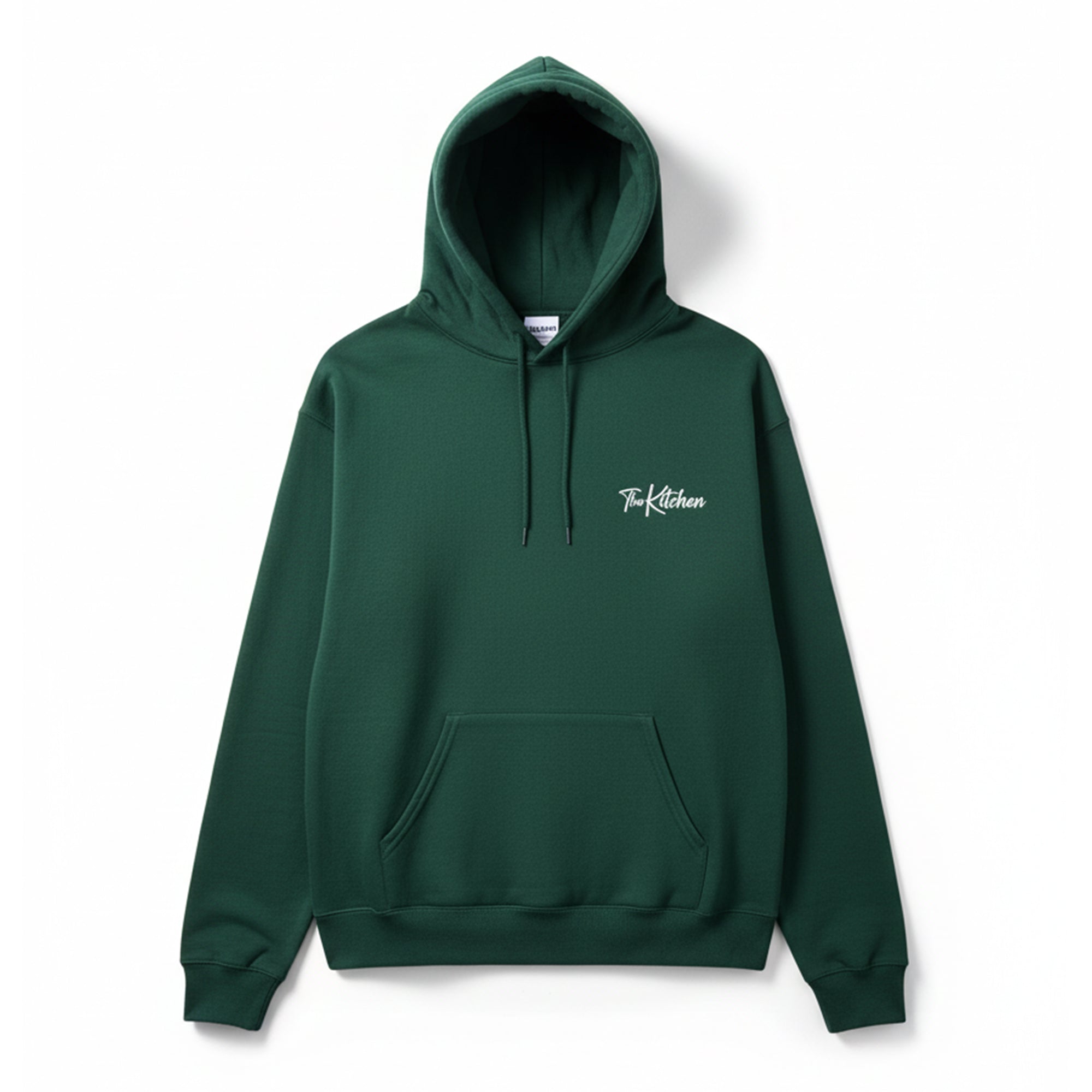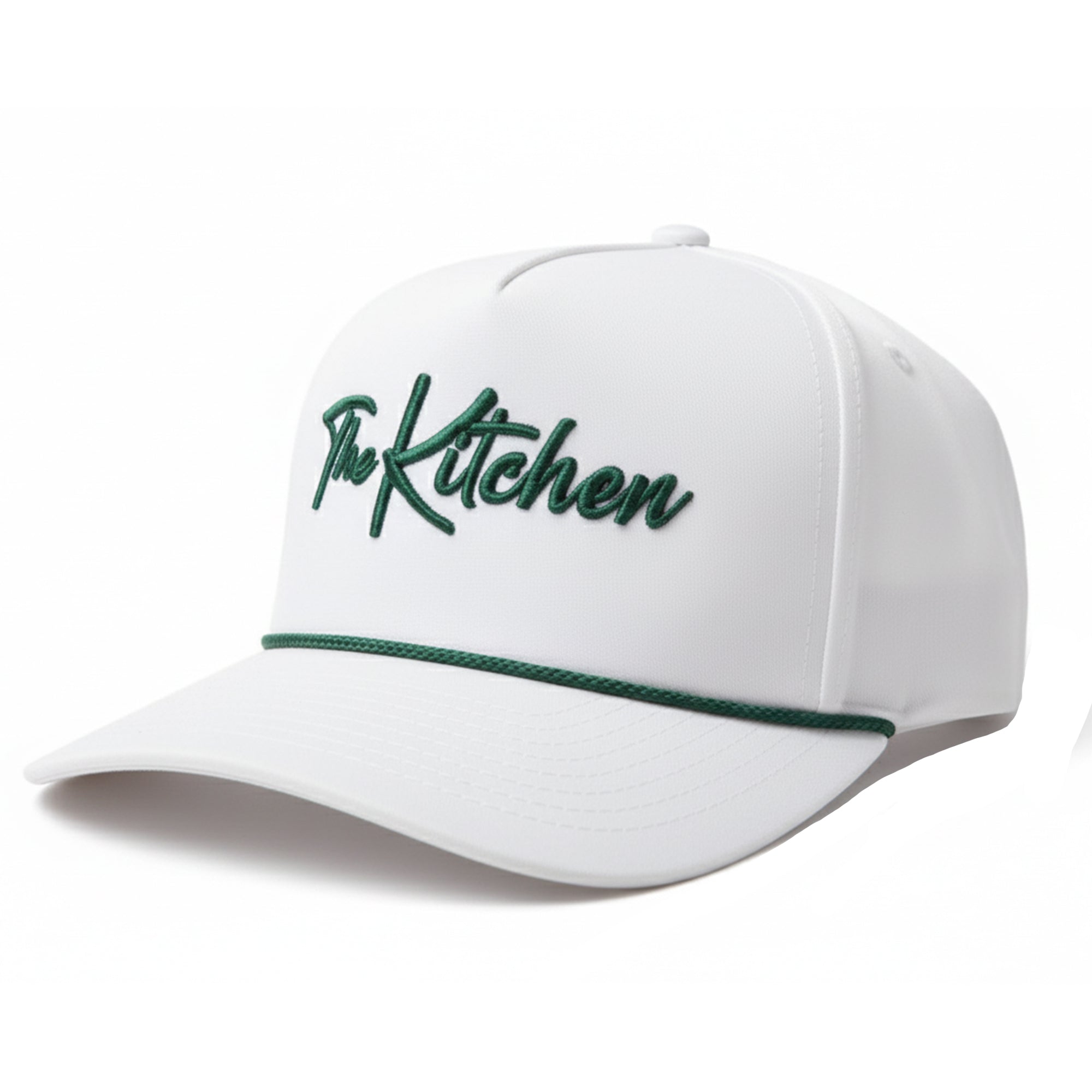The Definitive Guide to Speeding Up in Pickleball
Last Edited
Dec 10 2025
Category
Instruction
The pickleball speed up can disrupt the rhythm of your opponent, create winning opportunities that shift the momentum of a match in your favor. But when not executed properly, it tends to just send the ball straight into the net.
When is the right time to go for it? And how do you ensure you're not setting yourself up for a counterattack?
Let’s dive into the mechanics, strategy, and tactics behind hitting an effective speed up in pickleball.
When Should You Speed Up the Ball?
While speeding up the ball is thrilling, it’s crucial to do it at the right moment.
Not every ball should be sped up, as a poorly timed attack can backfire, leading to easy counters or errors.
Here are the situations when a speed up makes the most sense:
You Are Balanced: If you're off-balance, a speed up is a risky move. Stay composed and stable before going for the aggressive shot.
You Are in Position: Being out of position opens up too much space for your opponent to counter. Speed up when you're planted and ready for the next shot.
The Ball Is Attackable: This usually means the ball is above the net and allows for a downward shot. A ball below the net should typically be played safer unless you have advanced control over top-spin techniques.
Your Hands Are Quicker: A speed up often leads to a fast-paced exchange. If you know your hands (and your partner’s) are faster than your opponents’, it's a green light.
Disguise is Key: Telegraphing your intentions makes it easy for opponents to anticipate and counter. If you can make your speed up look like a dink until the last second, you increase your chances of success.
Your Opponents Don’t Like Pace: Some players simply aren’t comfortable handling fast balls. Use this knowledge to your advantage.
The Dink Master Pro from Enhance has a dual-sided design, with one side dedicated to fire-fight training.
How to Hit a Speed Up in Pickleball
Executing a speed up requires precision, control, and smart placement. Power isn’t everything. Here’s how to hit a speed up effectively:
1) Paddle Position: Keep your paddle tip down when you’re ready to speed up. This disguises your shot, leaving your opponent guessing if you’ll dink or attack.
2) Compact Swing: A compact swing is essential for control. A long backswing can lead to overhitting the ball and missing your target. Your swing should be quick but controlled, coming from your kitchen stance.
3) Topspin is Your Friend: Adding topspin to your shot helps keep the ball down and makes it harder for your opponent to return. Hit through the ball with a smooth, upward motion to apply spin, using a windshield-wiper-like technique.
4) Aiming the Ball: Don’t just aim anywhere—target specific areas that are harder for your opponent to defend:
- The Chicken Wing: Aim for the paddle-side hip or shoulder, making it difficult for your opponent to react.
- At the Feet: After the initial speed up, if the ball comes back, aim low at your opponent’s feet to force a weak return or pop-up.
- Down the Middle: As the saying goes, "down the middle solves the riddle." It can create confusion and force a weaker response.
5) Controlled Power: Hit the speed up at 60–70% of your full power. Full-speed shots often fly out of bounds. Instead, prioritize control and placement over sheer power.
Where to Hit Speed Ups
Your shot placement is just as important as when you choose to hit a speedup. Here are some of the best spots to target:
The Paddle-Side Hip (Chicken Wing): This is a vulnerable area for most players and can result in a pop-up.
The Middle of the Court: Aiming for the middle can cause confusion between your opponents and force them out of position.
The Open Court: If you spot open spaces on the court, capitalize on them with a well-placed speed up.
Body Shots: Aiming for your opponent’s body, especially around the chest or shoulders, can catch them off guard and lead to errors.
How to Practice Speed Ups
The best way you can improve just about anything in pickleball is through drilling, not playing actual games (sorry, but it's true). Same goes for speedup practice.
Here are a couple maneuvers to try out with a buddy. Or, if you don't have anyone to practice with...there's always our favorite pickleball product ever, The ERNE pickleball machine.
The Half-Court Drill: Stand at the kitchen line on either side of the court and start a dinking rally. When one of you receives a high-bouncing ball, practice your speed up. Focus on aiming at specific targets, like the chicken wing or at your partner’s feet. After each speed up, be ready for the return shot, and practice transitioning quickly from attack to defense.
Full-Court Dink and Speed Up: Another great drill involves starting with a dink rally, then speeding up off a dead or slow dink. Your partner should try to block or counter, mimicking game conditions.
Take notes of what worked and what didn’t. Did your shot force an error or lead to a pop-up? Were you able to quickly transition into a defensive stance after the speed up? The more you practice, the sharper your execution will become.
Common Mistakes to Avoid
Even experienced players make mistakes when attempting to speed up the ball. Here’s what to watch out for:
Overhitting: Don’t let adrenaline push you to hit the ball with full force. Remember to aim for placement and spin, not just power.
Telegraphing Your Shot: Don’t wind up with an exaggerated backswing. It gives your opponent too much time to prepare. Keep your swing compact and controlled.
Ignoring Footwork: If you’re off-balance or leaning back, it’s not the right time to speed up. Always be sure to maintain solid footwork and positioning before going for the attack.
Forgetting the Follow-Up: Don’t assume your aggressive shot will be a winner. Be ready for the ball to come back and set yourself up for the next shot.
Read Next: 3 Pickleball Drills for Fast Hands
This shot can be a game-changer, but it’s a tool that must be used wisely. Timing, placement, and disguise are all critical elements of a successful speed up.
Remember: it’s not always about how fast you can hit the ball, but how smart you are about when and where you speed it up.
Feel like playing pickleball now? Check out all our favorite gear at Pickleball Central.
